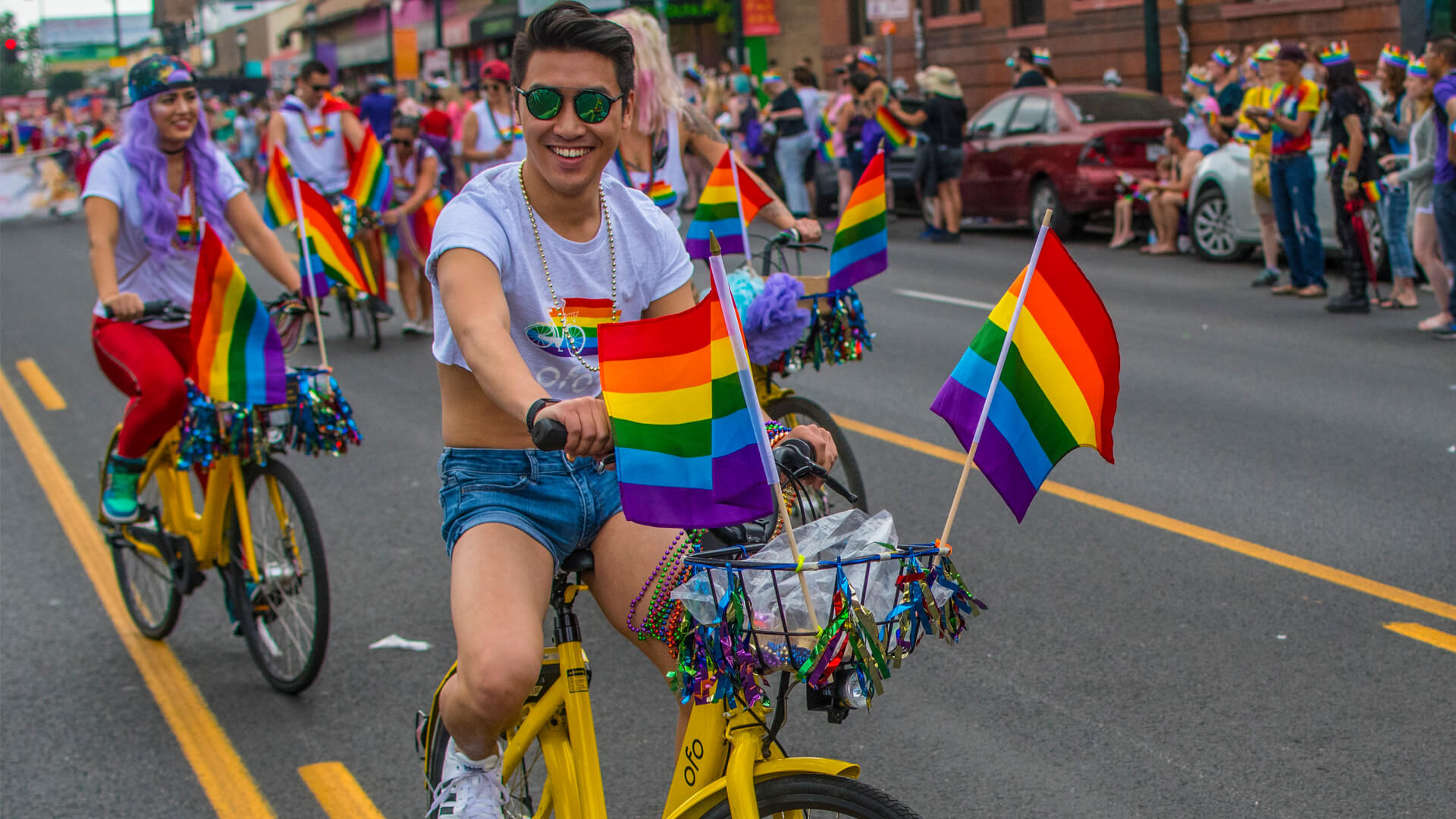|
Gramatically, the use of "they" as a singular pronoun made no sense to me until I made a post-modern pronoun chart.
I realized that just as the now obselete, singular "thou" had over time slowly been replaced with the formerly plural "you"; the singular "he/she" is
now being replaced with the formerly plural "they".
When the pronoun "you" became standard for both the singular and the plural second person, basically eliminating "thou" as a singular; a new pronoun, "you-all", arose as a replacement plural in order to help avoid confusion.
I posit the creation of a "they-all" to fill in for the formerly plural "they", which is now doing double-duty as singular and plural. As with "you" and "you-all," the use of "they-all" solves the confusion problem.
See the third chart below for an example of this.
| 



